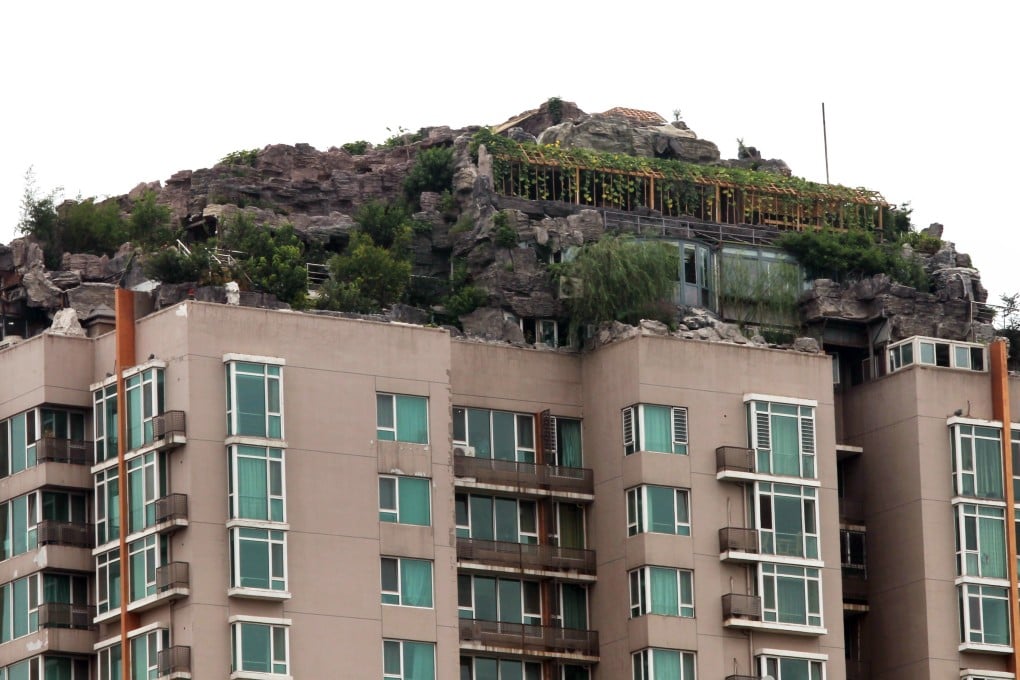Lethal illegal building works in China can’t be torn down fast enough
- Two incidents in China this year have killed nearly 30 people each, both the result of additional floors being illegally added to buildings
- Chinese authorities tear down millions of square feet of illegal structures every year

With China’s property market booming and its cities growing rapidly, it’s common for building owners to add illegal structures to their properties in pursuit of profit. Sometimes this causes deadly accidents.
A government investigation found that the building originally had four floors but had been split into seven. The newly added floors were the direct cause of the collapse, the investigation found.
Among the most recent cases of illegal modification to emerge is that of a business park in China’s largest city, Shanghai. Tenants of the Boyang Enterprise Business Park, which occupies a former paper mill, say structural alterations to buildings there have led to walls developing cracks and ceilings to leak.

Most of the buildings in the park used to be either single-storey or two-storey structures, but some of them were split horizontally when the area was turned into a community for small businesses in 2014, said Zhao Yong, one of the tenants.